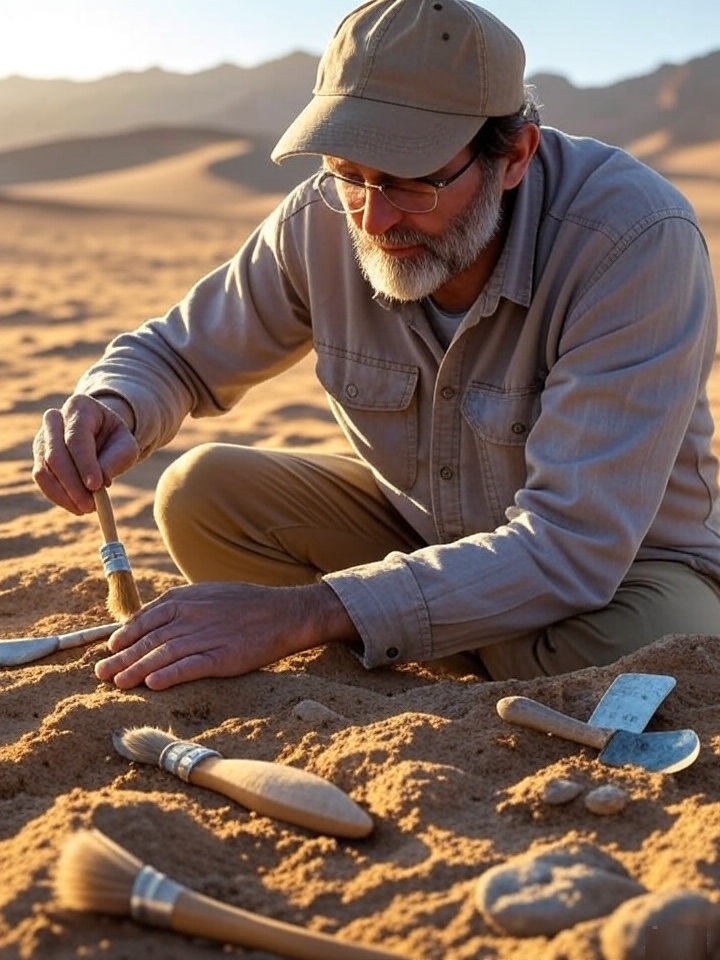The recent announcement of substantial archaeological remains at Musaywin (also rendered Masyoun or Masiyun) in Saudi Arabia's Tabuk region presents evidence for a pre-pottery Neolithic occupation dated to approximately 11,000–10,300 years BP (ca. 8300–8100 BCE). This summary outlines the archaeological context, principal findings, and significance for understanding early sedentism in Arabia.
Archaeological context and chronology
First listed in the Saudi National Antiquities Register
Four seasons of excavation through collaboration among the Saudi Heritage Commission, Kanazawa University, and NEOM
First listed in the Saudi National Antiquities Register in 1978, Musaywin underwent renewed excavation beginning December 2022 through collaboration among the Saudi Heritage Commission, Kanazawa University, and NEOM. Four seasons of excavation (2022–2024) uncovered semi-circular stone structures interpreted as domestic units with hearths and storage areas. Radiocarbon results, pending full publication, situate the occupation in the Pre-Pottery Neolithic, broadly contemporary with early Levantine farming communities.
Material culture and organisation
Architecture at Musaywin comprises roughly dressed stone walls forming enclosed spaces. Groundstone assemblages include mills for processing plant materials, while chipped-stone tools (arrowheads, blades) typify Neolithic technology. Decorative artifacts—shell beads, sea snail fragments, quartz and amazonite ornaments—demonstrate non-local connections and possible exchange networks.

Human and faunal remains
Multiple burials in varied positions—flexed or seated—occur within residential contexts, implying ritual complexity. Analyses of skeletal and faunal remains remain unpublished but are expected to clarify diet, mobility, and subsistence strategies suggesting a mixed hunting-herding economy.
Assessing the "urban" designation
Official announcements describe Musaywin as the region's earliest "urban" settlement. Although artifact density and spatial regularity indicate sustained habitation, caution is advised: absent firm data on population, street planning, or civic architecture, Musaywin may be best characterised as proto-urban—a nucleus of early community life marking transition toward village complexity.
Environmental and regional significance
The Tabuk region's early-Holocene wetlands and grasslands provided conditions favourable to semi-sedentary occupation. Musaywin strengthens the argument that north-west Arabia was a dynamic corridor linking the Levant and inner Arabia during the spread of Neolithic lifeways.
Heritage and research outlook
The discovery reflects Saudi Arabia's growing investment in cultural heritage and international research collaboration. Scientifically, Musaywin challenges long-held assumptions about the tempo and geography of early sedentism in arid zones. Future publications will determine how far this site redefines Arabia's prehistoric narrative.
Contact / Inquiry : Contact@musaywin.com